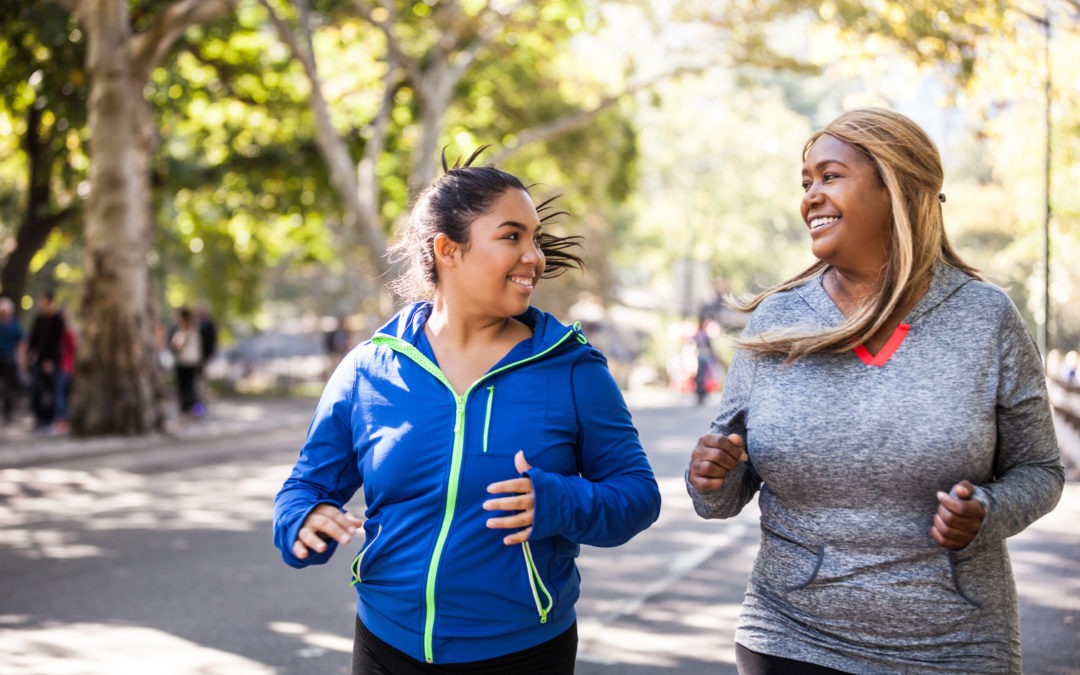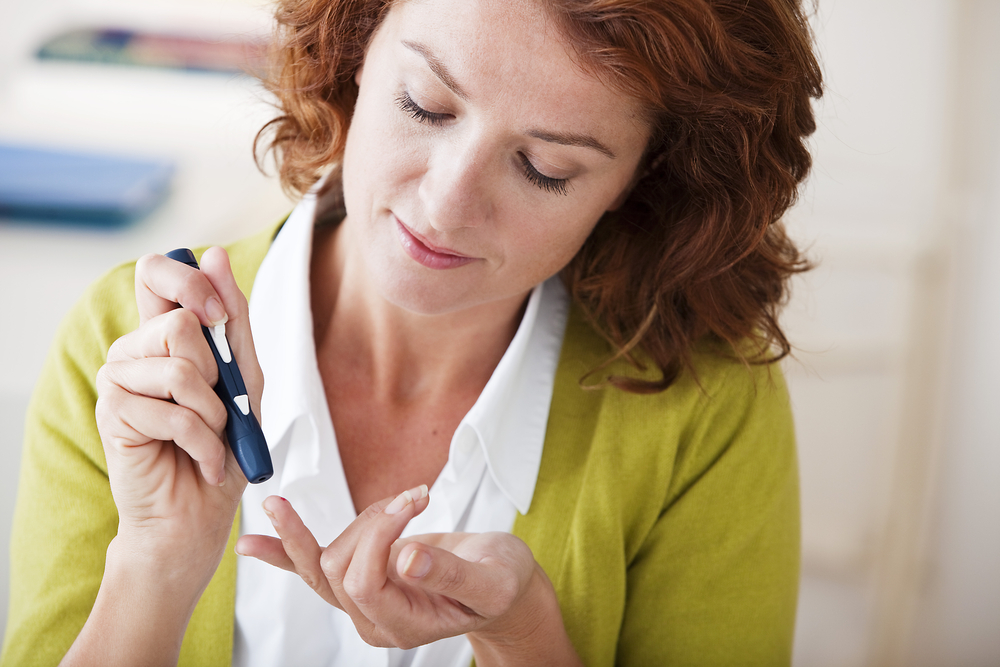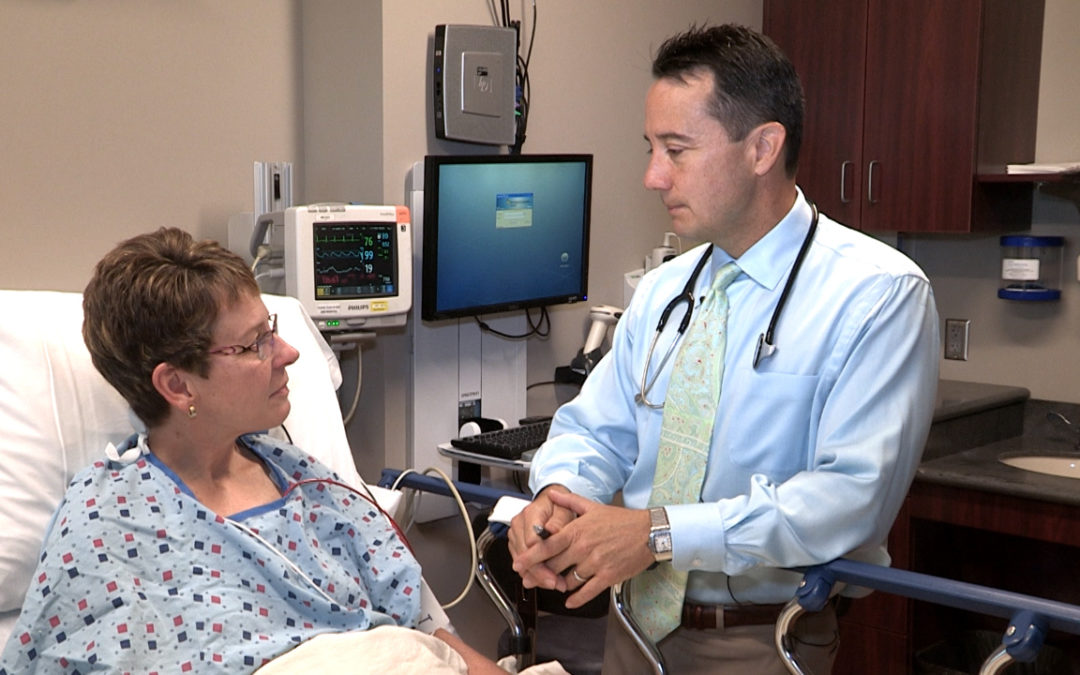
8 Ways You Can Prevent & Manage Diabetes
Diabetes is a silent disease affecting the lives of millions each year. Chances are you know someone with diabetes—a friend, family member or maybe even you. I am one of the millions living with diabetes. As a certified diabetes educator, I work to educate myself and others about how to prevent diabetes from impacting your life and how you can take care of yourself and improve your health if you have diabetes.
What Is Diabetes?
Diabetes happens when your body does not properly use the sugar in your body. The different types of diabetes are related to the reasons the body is not using the sugar. This excess sugar causes clogs in the blood stream, leading to complications.
Type 2 diabetes is the most common. With type 2 diabetes, the body either doesn’t produce enough insulin, or it resists insulin. Insulin helps keep your blood sugar level from getting too high.
Symptoms of Type 2 Diabetes
- Increased thirst
- Frequent urination
- Hunger
- Fatigue
- Blurred vision
However, in some cases, there may be no symptoms.
Risk Factors for Developing Type 2 Diabetes
- Having prediabetes
- Being overweight
- Being 45 years or older
- Having a parent, brother or sister with type 2 diabetes
- Being physically active less than three times a week
- Previous gestational diabetes (diabetes during pregnancy) or given birth to a baby who weighed more than nine pounds
- Being African-American, Hispanic/Latino-American, American Indian or Alaska Native (some Pacific Islanders and Asian Americans are also at higher risk)
How Do I Manage Diabetes?
We must help our bodies use the sugar. When I think about how best to care for diabetes I think about BALANCE. It’s all about eating healthier, exercising more and taking better care of ourselves.
Balance in diabetes can mean a lot of things – both in terms of preventing diabetes and taking care of yourself if you have diabetes. We all know if we don’t care for ourselves, then we can’t care for others.
8 Ways to Take Care of Yourself
Here are eight areas that I focus on and share with others to take care of yourself.
1. Eat Mindfully
- Don’t eat in front of the TV
- Take small bites
- Taste your food
- Add protein and fiber to feel full
2. Take Time to Exercise & Be Active
- Park farther away
- Stand during commercials
- At a minimum, commit to five minutes of exercise…it’s better than zero
3. Be Consistent When Taking Medicine
- Place your medicine where you will see it
- Use an alarm to remind yourself when to take your medicine
- Mark your calendar so you know you took your medicine
- Follow your doctor’s advice
4. Find Ways to Decrease Stress
- Take ten deep breaths
- Get five minutes of quiet – put yourself in timeout if you have to! (your kids will find this intriguing)
5. Add Vegetables so Meals Aren’t Meat or Carbohydrate-Heavy
- Add lots of color
- Make a meal plan
- Don’t fight it…just get creative!
6. Find Ways to Keep Your Whole Family Active
- Go swimming together
- Go to the zoo
- Take the kids shopping
- Use active video games like Wii or YouTube
7. Find Ways to Eat at Home, Even When You Don’t Want to Cook
- Cook freezer or microwaveable meals
- Cook in the crockpot
- Plan ahead and prepare the day or weekend before
8. Eat More Fruits & Vegetables
- Look for sales (canned and frozen often are on sale)
- Take vegetables from neighbors or coworkers who grow them
- Grow your own garden
- Buy what’s in season
Taking a Goal & Making It SMART
Much of what I do in my job is help people figure out how to achieve their goals. For instance, I would love to lose ten pounds. How can I do that? I can exercise more and eat less. However, these plans are vague. When making goals, we have to make the goal SMART.
S – Specific: I will increase my exercise by five minutes each day.
M – Measurable: I will exercise an extra 25 minutes per week.
A – Achievable: I can add five extra minutes of exercise per day while watching TV.
R – Realistic: I can add five minutes in the evening and increase my exercise. I don’t have time to increase my exercise by 30 minutes a day, but I can add five minutes a day.
T – Time-bound: I will increase my exercise and reevaluate by the end of the month. If no improvement is seen, I will change my goal strategy.
Get the Help You Need to Prevent or Manage Diabetes
If you’re concerned about developing diabetes or struggling with your diabetes or weight management (which could lead to diabetes), there is help waiting for you. Bryan Diabetes Center has nurses who are certified diabetes educators and licensed medical nutrition therapists/registered dietitians who also serve as diabetes educators. Insurance often covers this kind of education.
Bryan Health Diabetes Center
Learn more about how diabetes impacts the lives of millions every single day, get management tips, and easily schedule an appointment to speak with a diabetes expert at Bryan Health today!
We’re here to help you manage your diabetes or get on track to prevent getting diabetes in the future.
Ask your provider for a referral to Bryan Diabetes Center today! We have three locations:
- Bryan Medical Plaza, 1600 S. 48th St.
- Bryan LifePointe Campus, 7501 S. 27th St.
- NorthPointe Family Medicine, 5901 N. 27th St., Suite 102
Check out these resources:

Samantha Beckler
Health Expert
Samantha Beckler is a Certified Diabetes Educator with Bryan Diabetes Center.






























